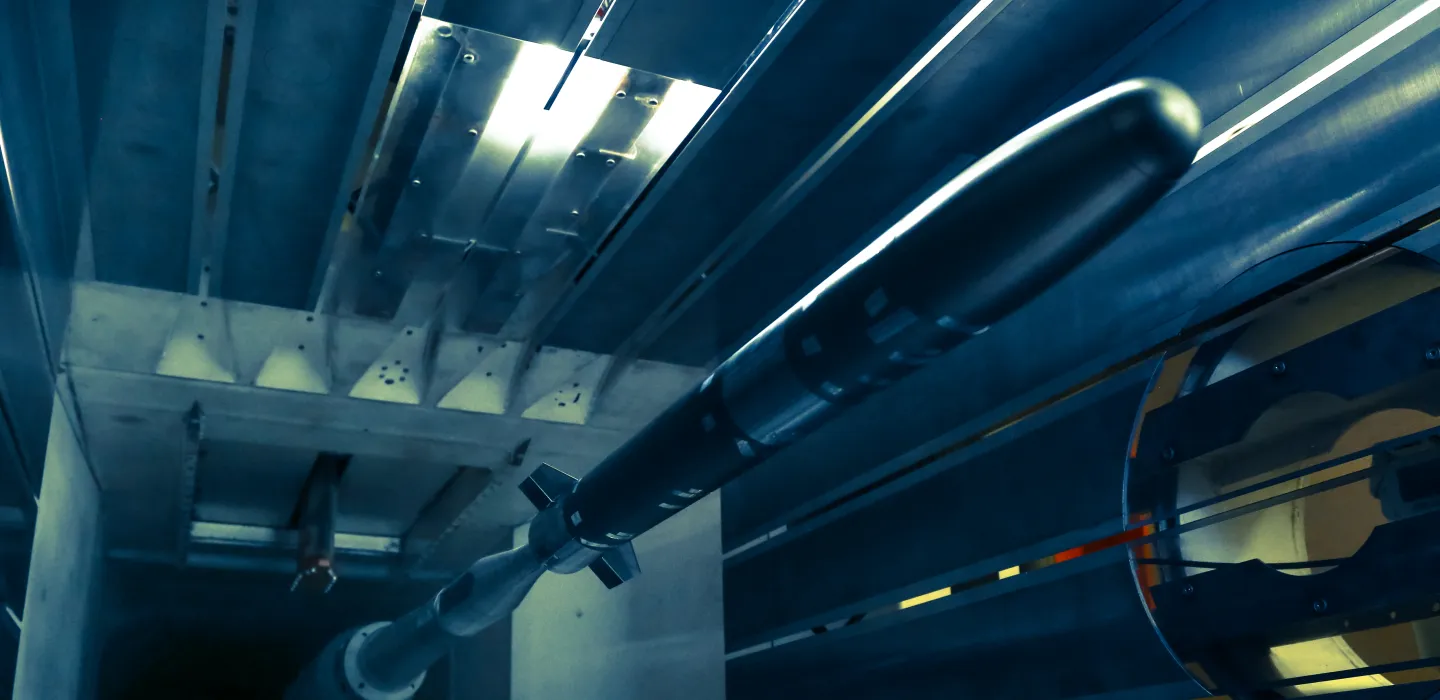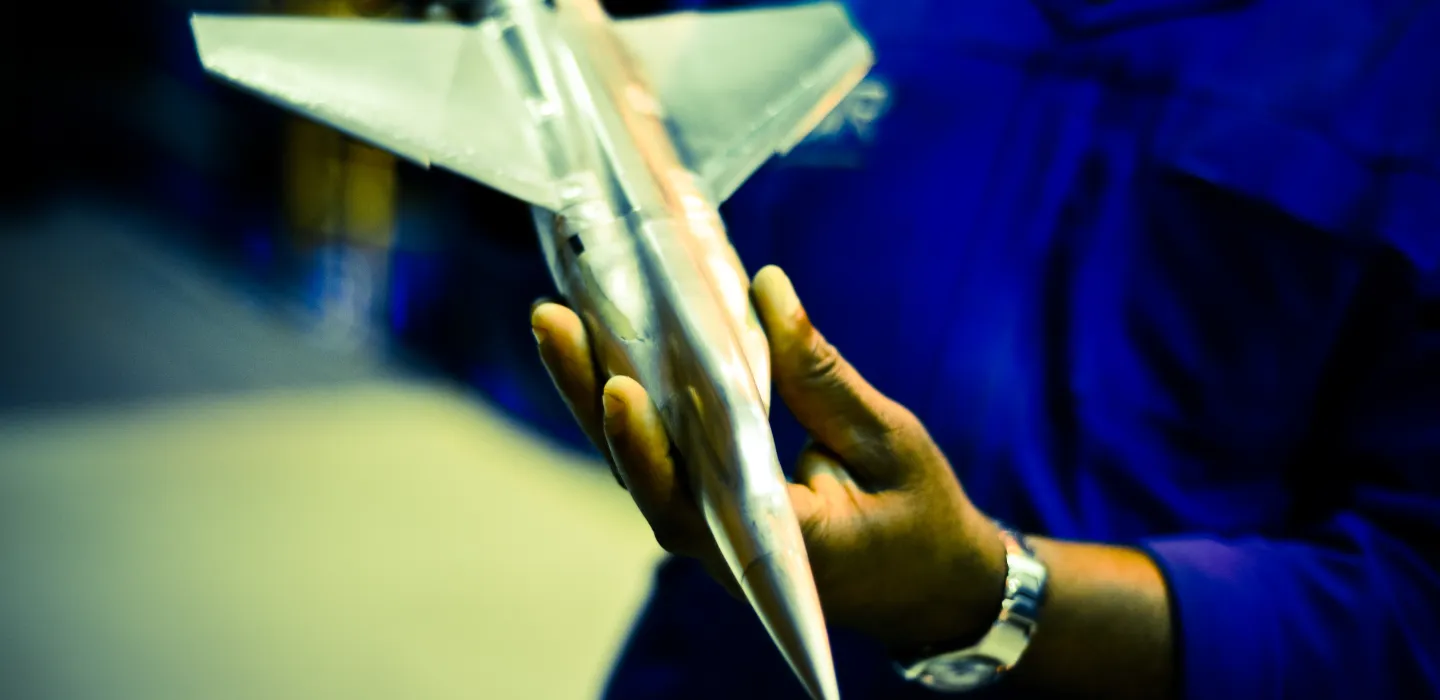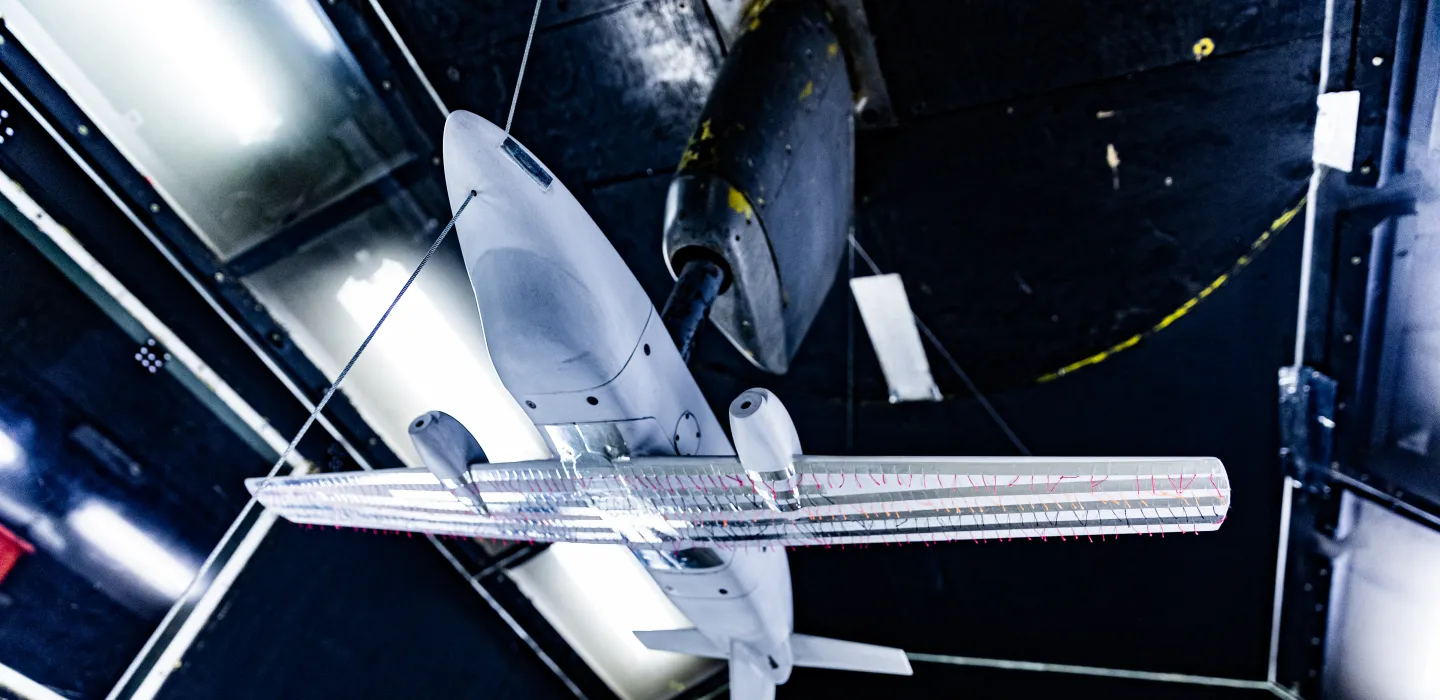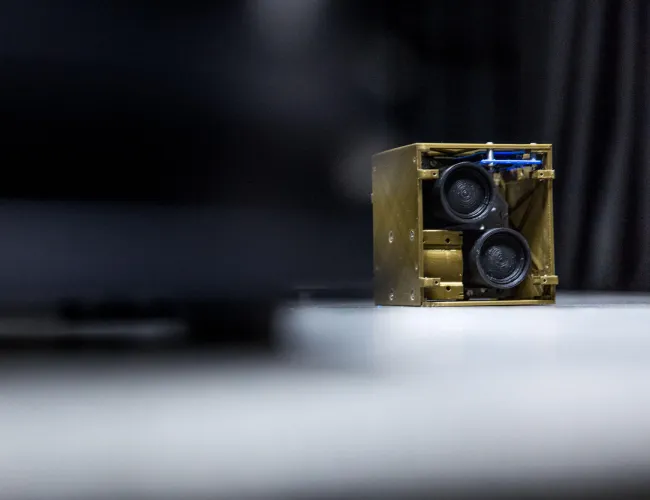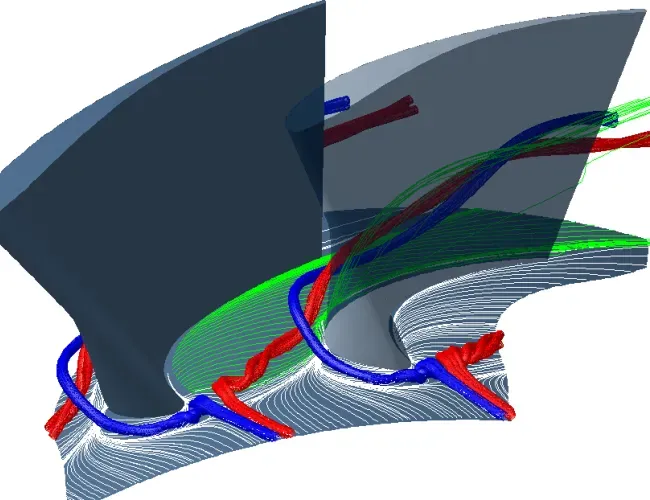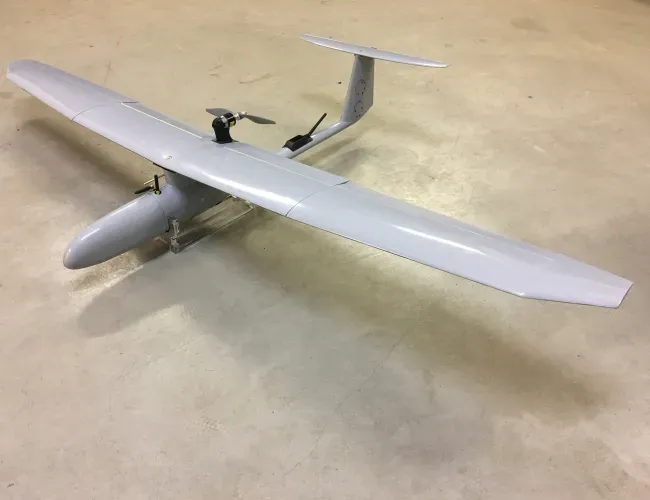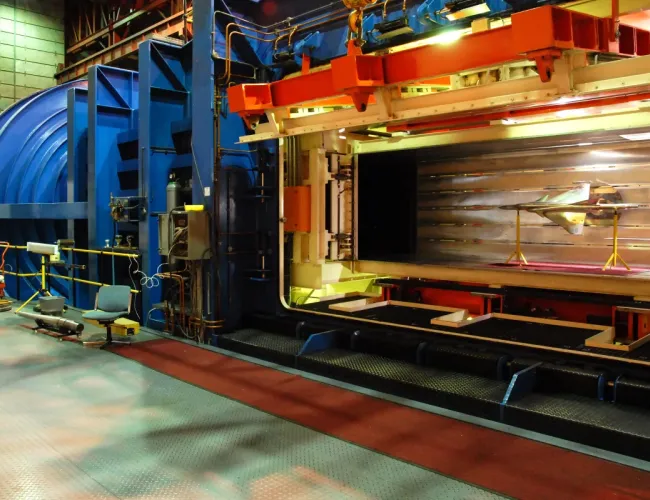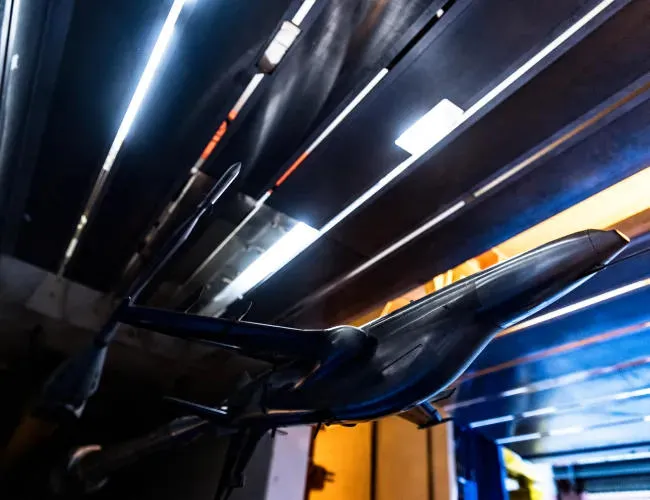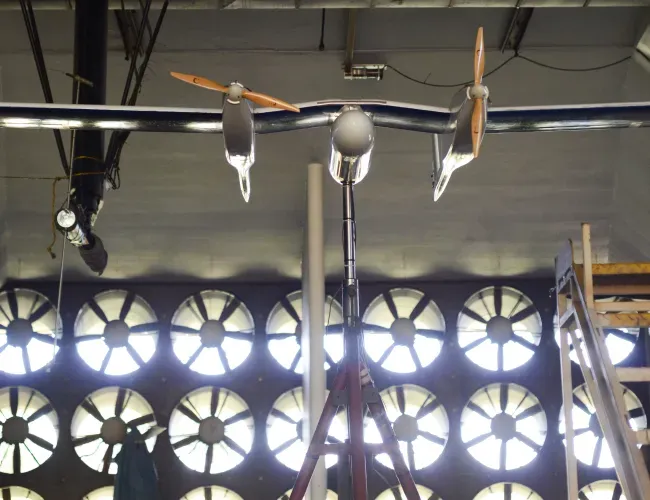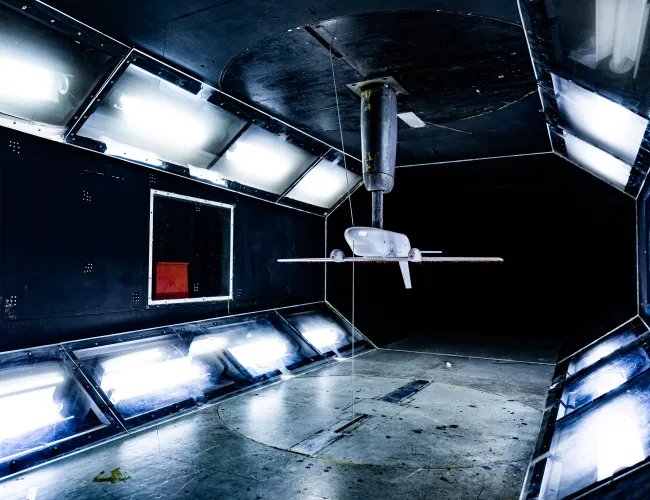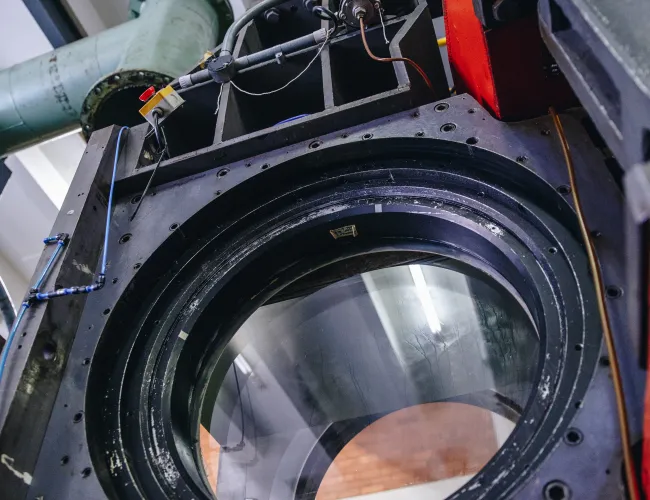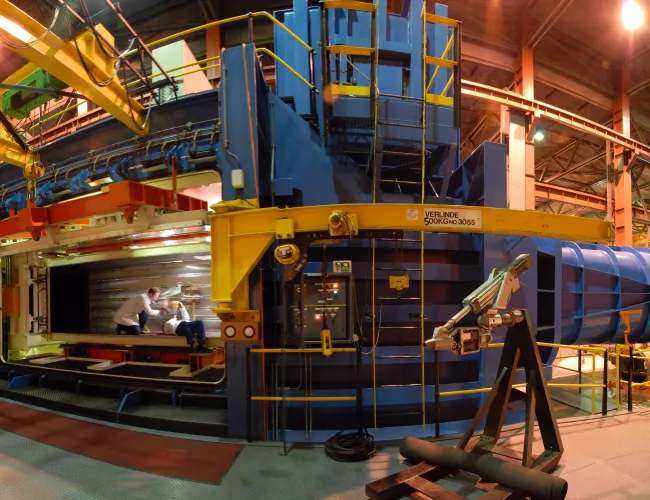What we do
Contact information:
What’s new?
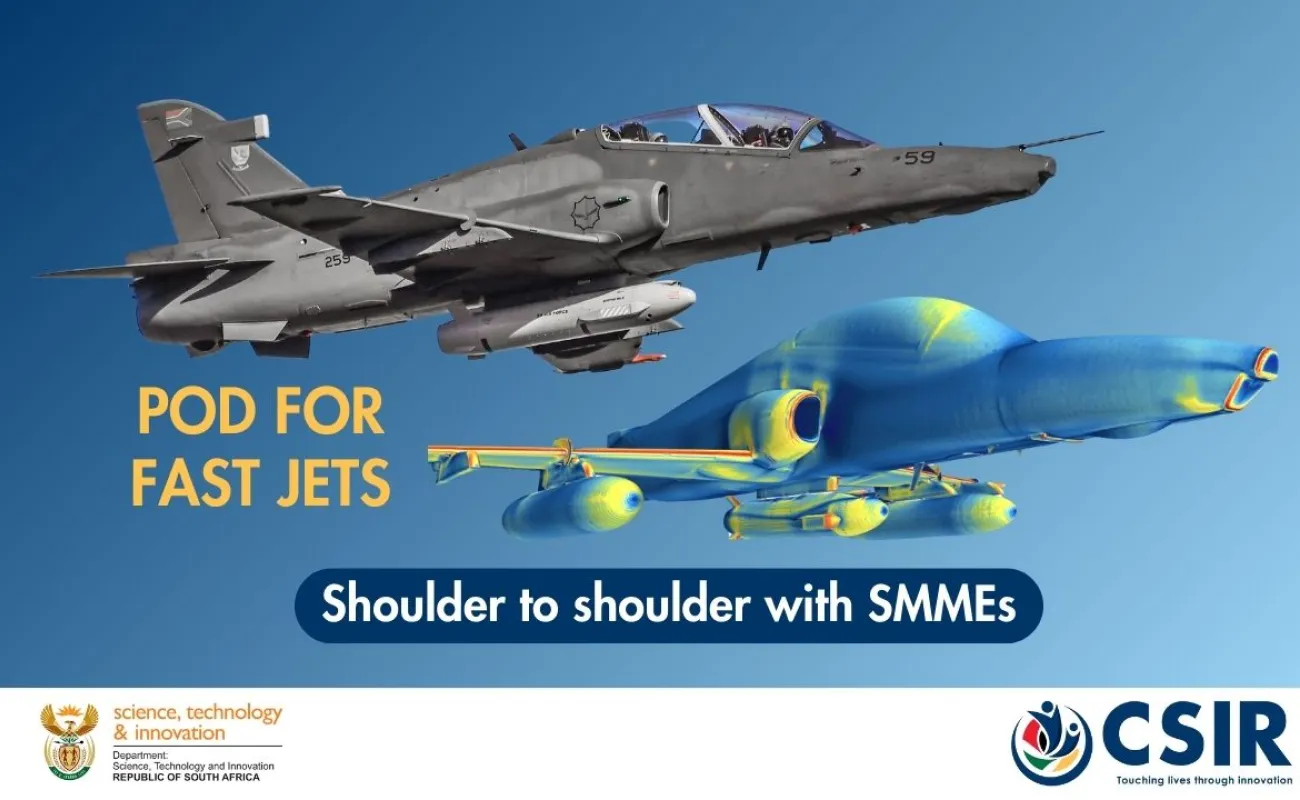
A new defensive pod technology for fast jets
The CSIR has assisted local small business Sysdel CC with integrating its new pod with a South African Air Force aircraft. The Acepod store integration is an example of how the CSIR supports local SMMEs to grow into world-class aerospace enterprises that can compete globally to the national benefit.
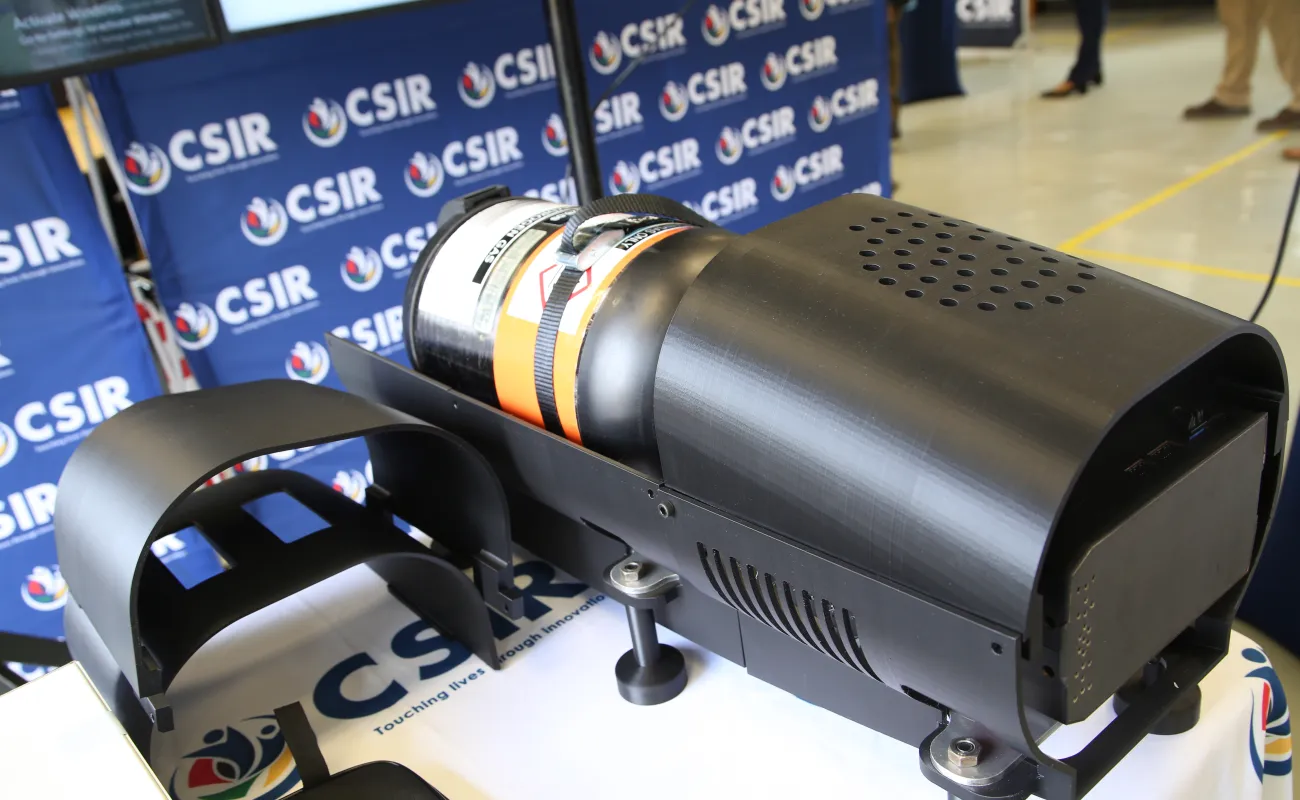
Moving to green aviation: Hydrogen fuel cell technology demonstrated
For the first time in South Africa, CSIR researchers have demonstrated hydrogen fuel cell propulsion suitable for unmanned aerial vehicles (UAVs). The demonstration was conducted using a hybrid fixed-wing, vertical take-off and landing UAV in a hardware-in-the-loop setup. While the hydrogen fuel cell research is still in its early development stages, once completed, a commercially viable fuel cell propulsion system will be licensed to a local partner for industrialisation and commercialisation.
Our research
Our facilities
